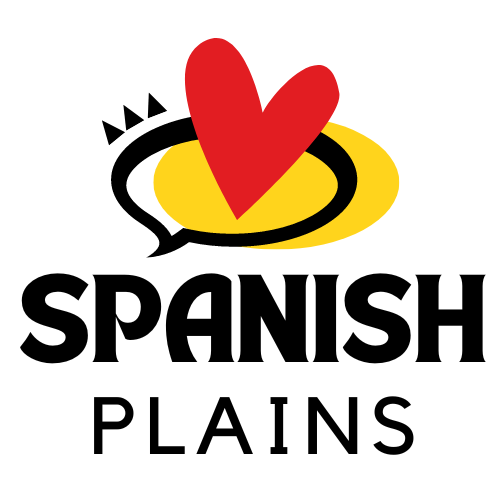Introduction
Sanlúcar de Barrameda, a charming town located in the province of Cádiz, Spain, is not only known for its beautiful beaches, delicious cuisine, and vibrant culture but also for its rich historical connections to Spanish royalty. This hidden gem has a long and fascinating history intertwined with noble bloodlines, allowing visitors to delve into a world of regal tales and architectural wonders. From palaces to traditions, a journey through Sanlúcar de Barrameda offers a royal experience like no other.
The Palace of the Dukes of Medina Sidonia
One of the most prominent landmarks in Sanlúcar de Barrameda is the breathtaking Palace of the Dukes of Medina Sidonia. Built in the 15th century, this magnificent palace showcases a unique blend of Gothic, Mudejar, and Renaissance architectural styles. Throughout the centuries, the palace was home to influential noble families, including the Dukes of Medina Sidonia. This family played a significant role in Spanish history and had various connections to Spanish royalty, such as hosting the wedding of King Alfonso X of Castile and his cousin Violante in the 13th century.
Visitors can explore the vast halls adorned with stunning artwork, exquisite furniture, and beautifully maintained gardens that once were favored by Spanish monarchs. The palace offers a glimpse into the lavish lifestyle of Spanish nobility throughout the ages.
La Anunciada Church
Nestled in the heart of Sanlúcar de Barrameda’s historic center, the La Anunciada Church is another testament to the town’s royal connections. Dating back to the 16th century, this hidden gem stands as a tribute to the town’s patron saint, Our Lady of Expectation. The church’s ornate interior showcases magnificent baroque altars and religious artwork that capture the essence of Spanish religious devotion and the grandeur associated with royalty.
Throughout history, the church became a favorite spot for Spanish monarchs, including Queen Isabel II. The royal connection remains strong, as the church houses different treasures related to the Spanish nobility, such as the sepulcher of the Dukes of Medina Sidonia and various historical artifacts. A visit to La Anunciada Church is a journey back in time, immersing visitors in the regal heritage of Sanlúcar de Barrameda.
The Horse Racing Traditions
Sanlúcar de Barrameda is home to one of Spain’s most prestigious equestrian events, the Carreras de Caballos (Horse Races) on the beach. This annual event has been taking place since 1845 and attracts horse enthusiasts, spectators, and even members of the Spanish royalty. With the breathtaking backdrop of the beach, the horse races add a touch of grandeur to the town, creating a unique experience for locals and visitors alike.
Spanish nobility has always had a strong passion for equestrian sports, and this tradition continues to connect Sanlúcar de Barrameda to its regal past. The event not only showcases the skill and beauty of Andalusian horses but also brings together a community that appreciates the heritage and legacy of Spanish royalty.
FAQs
Q: How can I visit the Palace of the Dukes of Medina Sidonia?
A: The Palace of the Dukes of Medina Sidonia is open to the public for guided tours. You can purchase tickets at the palace entrance or book them in advance online.
Q: Are there any restrictions when visiting La Anunciada Church?
A: Visitors are welcome to explore La Anunciada Church, although certain areas may be restricted during religious ceremonies or events. It is advisable to check the church’s schedule before planning your visit.
Q: When do the Carreras de Caballos take place?
A: The Carreras de Caballos on the beach in Sanlúcar de Barrameda usually occur in the months of August and September. It is advisable to check the official website or local events calendar for the exact dates.
Q: Are there any other royal connections in Sanlúcar de Barrameda?
A: Yes, Sanlúcar de Barrameda is also associated with the historical voyages of Christopher Columbus. The town served as a departure point for several of his expeditions, connecting it to the exploration efforts that expanded the Spanish empire.
